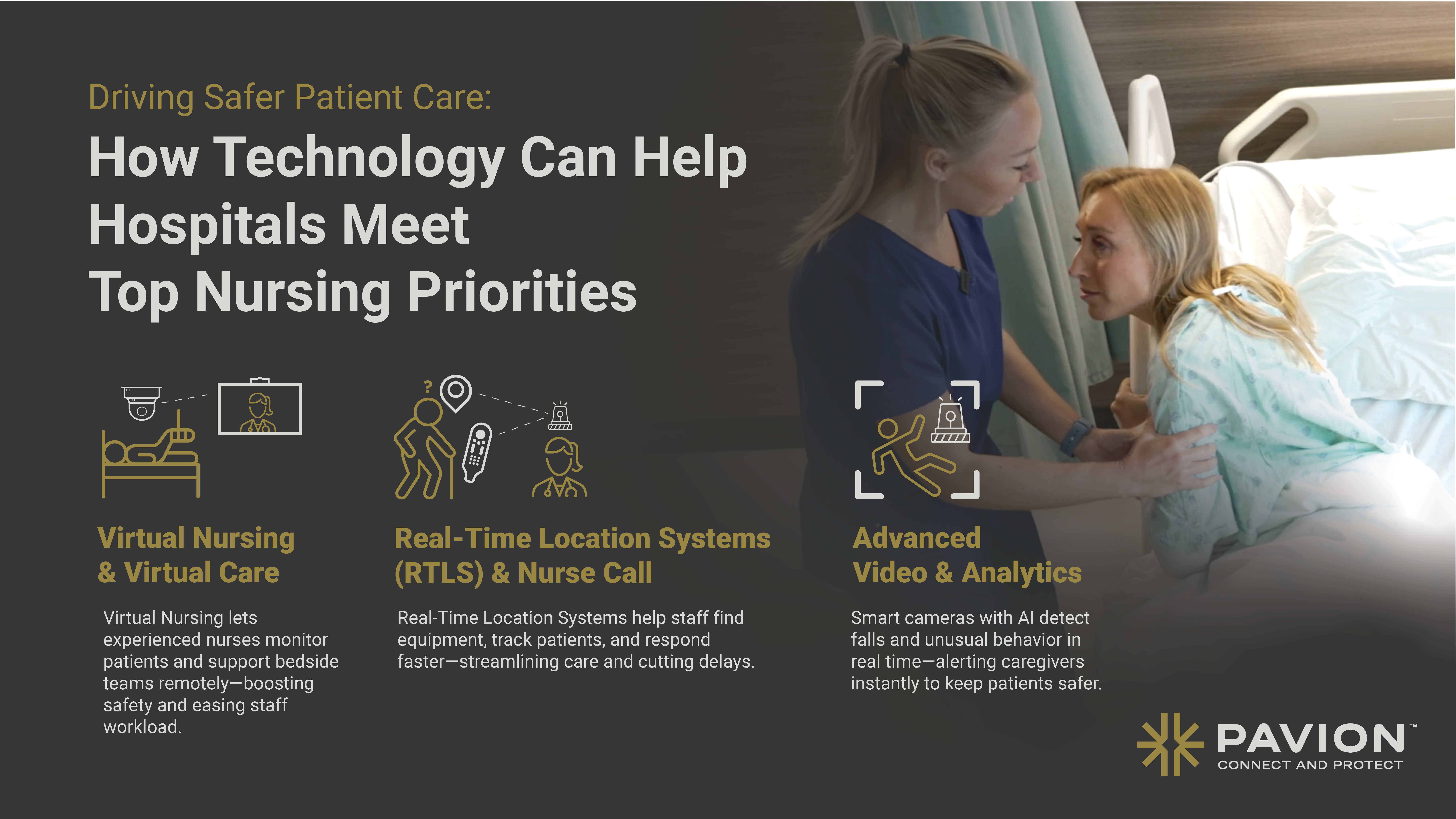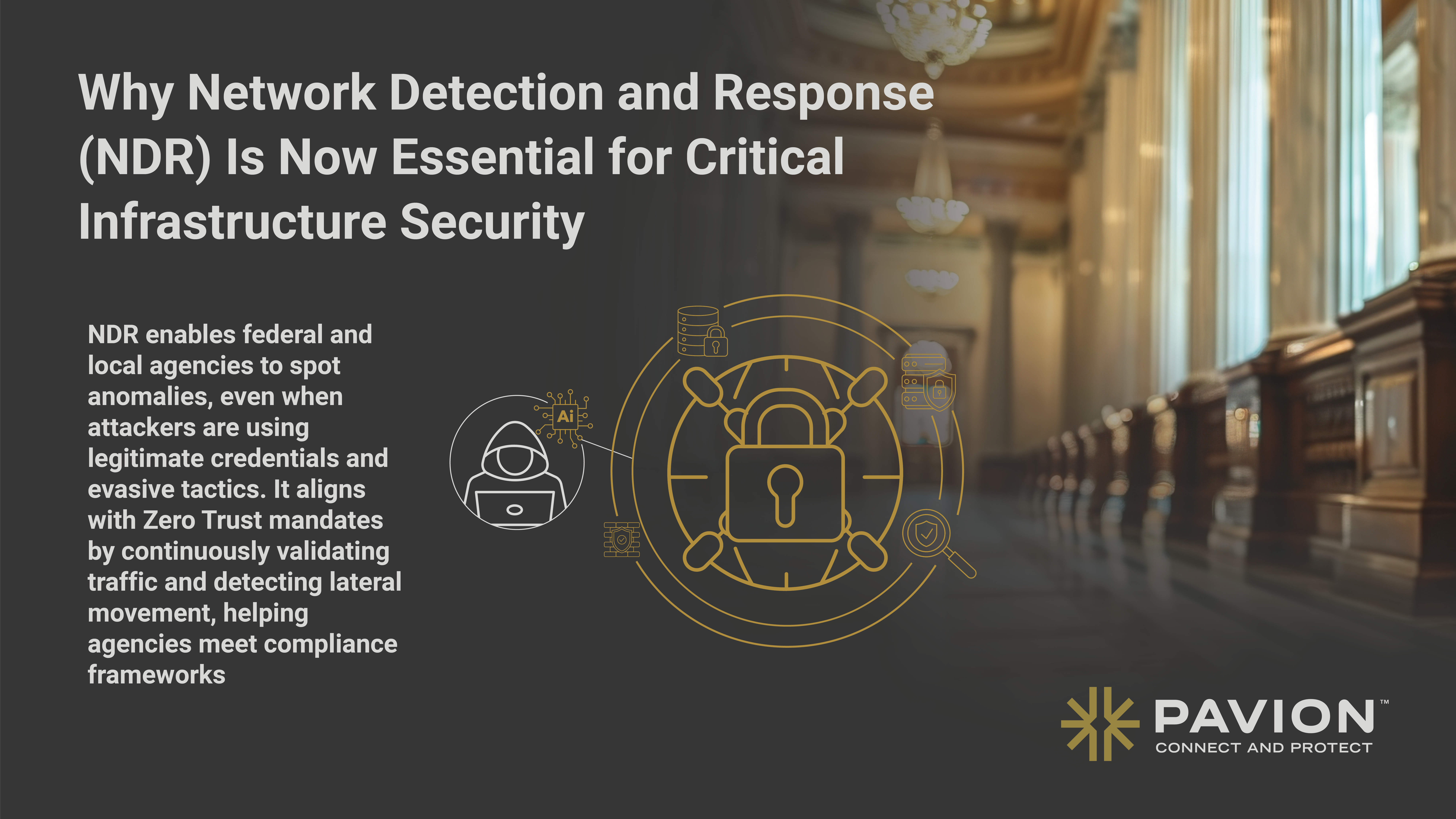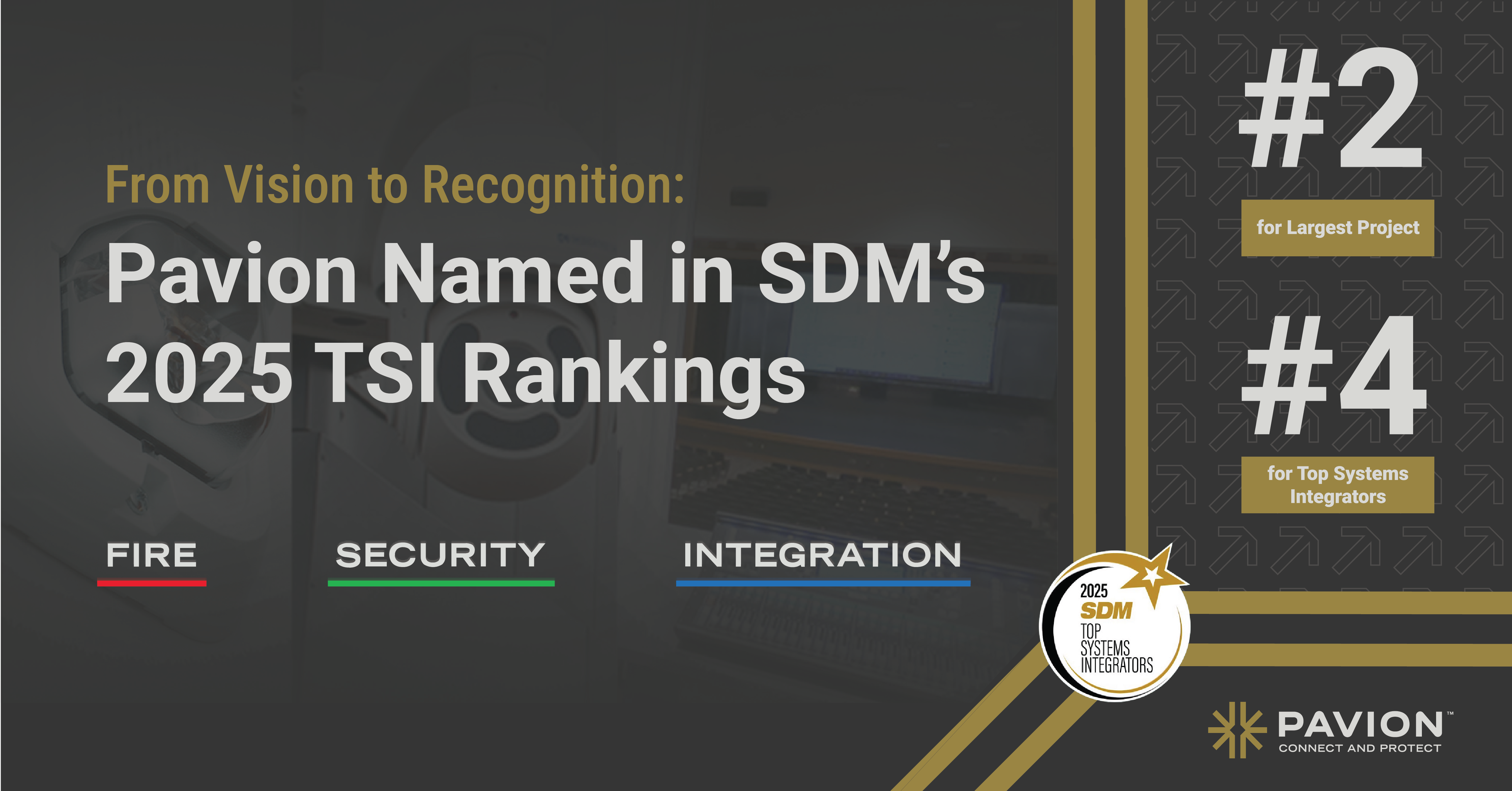
Access Control Systems: Beyond Basic Security
In today’s rapidly evolving world, security is a top priority for businesses of all sizes. The need to protect valuable assets, confidential information, and ensure the safety of employees and visitors has never been more crucial. Access control systems have emerged as a reliable and efficient solution to address these concerns, going beyond basic security measures. At Pavion, we specialize in providing cutting-edge access control systems that offer advanced features and functionalities to meet the unique security requirements of businesses.
Understanding Access Control Systems
Access control systems refer to the electronic systems that regulate who can enter or exit a specific area or premises. They are designed to manage and monitor the flow of individuals within a facility, ensuring only authorized personnel can access restricted areas. By implementing access control systems, businesses can enhance their security measures, minimize the risk of unauthorized access, and maintain a secure environment.
Access control systems have become an integral part of modern security infrastructure. They provide organizations with the ability to control and monitor access to their premises, protecting valuable assets, sensitive information, and ensuring the safety of employees and visitors.
Definition and Basic Functions
Access control systems encompass a range of technologies, including keycards, biometric devices, and other authentication methods. These systems rely on access control panels, which act as the nerve center, managing the authorization and authentication processes. The key functions include:
- Identification: Verifying the identity of individuals seeking entry
- Authentication: Confirming the validity of an individual’s credentials
- Authorization: Granting or denying access based on predefined permissions
- Audit Trail: Tracking and recording access history for analysis and investigation purposes
Identification is the first step in the access control process. It involves verifying the identity of individuals by using various methods such as keycards, biometric scans, or personal identification numbers (PINs). This ensures that only authorized personnel can gain entry to restricted areas.
Once the identity is established, the authentication process begins. This step confirms the validity of the individual’s credentials, ensuring that they are who they claim to be. Biometric systems, such as fingerprint or iris scanners, provide a high level of accuracy in authentication, as they rely on unique physical or behavioral characteristics that are difficult to forge or replicate.
Authorization is the next crucial step in access control. It involves granting or denying access based on predefined permissions. These permissions are typically set by administrators or security personnel, who determine the level of access each individual should have. For example, an employee may be granted access to their office area but restricted from entering sensitive areas such as server rooms or executive offices.
Finally, access control systems maintain an audit trail, which tracks and records access history for analysis and investigation purposes. This audit trail provides valuable information in case of security breaches or incidents, allowing organizations to identify potential vulnerabilities and take appropriate measures to enhance their security protocols.
Types of Access Control Systems
Access control systems come in various types, each catering to different security needs. The commonly used types include:
- Card-based Systems: Utilizing keycards or proximity cards for access
- Biometric Systems: Using unique physical or behavioral characteristics for identification
- Keypad or PIN-based Systems: Requiring a numeric code for access
- Mobile-based Systems: Allowing access through mobile devices
Card-based systems are one of the most widely used access control systems. They rely on keycards, proximity cards or fobs that are assigned to authorized individuals. These cards are programmed with specific access permissions and can be easily deactivated if lost or stolen, ensuring the security of the premises.
Biometric systems, on the other hand, offer a higher level of security by using unique physical or behavioral characteristics for identification. These systems can include fingerprint scanners, iris recognition, or even facial recognition technology. By relying on these distinct features, biometric systems provide a more accurate and reliable method of authentication. It is important to work with a security professional who understands what instances a biometric system can be helpful and which ones they could be problematic in.
Keypad or PIN-based systems require individuals to enter a numeric code to gain access. This method is commonly used in situations where a higher level of security is required, such as in data centers or research laboratories. The numeric code acts as a personal identifier, ensuring that only authorized individuals can enter the premises. With a keypad based access control system, it is important to realize that there are identifying factors of these types of systems, such as numbers getting worn off, an intruder watching someone’s pattern and employee’s sharing codes that have to be considered if this is the most viable security option.
Mobile-based systems have gained popularity in recent years due to the widespread use of smartphones. These systems allow individuals to access controlled areas using their mobile devices, eliminating the need for physical cards or key fobs. Mobile-based access control systems offer convenience and flexibility, as individuals can easily gain access by simply presenting their smartphones.
In conclusion, access control systems play a vital role in enhancing security and maintaining a secure environment. By implementing these systems, businesses can effectively manage and monitor the flow of individuals within their premises, ensuring that only authorized personnel can access restricted areas. With the various types of access control systems available, organizations can choose the one that best suits their security needs and provides the highest level of protection.
The Evolution of Access Control Systems
Access control systems have come a long way from traditional lock-and-key mechanisms. Advancements in technology have revolutionized the security landscape, making access control systems more sophisticated and efficient than ever before. Let’s explore the key milestones in the evolution of access control systems.
One significant milestone in the evolution of access control systems is the shift from traditional keys to biometrics. In the past, physical keys were widely used to control access. However, keys can be lost or stolen, leading to security breaches. The introduction of biometric systems, such as fingerprint scanners and iris recognition, has significantly enhanced security by providing unique and non-transferable credentials for access.
Biometric systems utilize the unique physiological or behavioral characteristics of individuals to grant access. Fingerprint scanners, for example, capture the unique patterns and ridges on a person’s fingertip, which are then compared to a database of authorized users. Similarly, iris recognition technology analyzes the unique patterns in a person’s iris to verify their identity. These biometric systems offer a higher level of security compared to traditional keys, as they are nearly impossible to replicate or forge.
Another key driver in the evolution of access control systems is the role of technology. Technological advancements have played a vital role in making access control systems more intelligent, efficient, and scalable. The integration of artificial intelligence (AI) has enabled access control systems to learn and adapt to patterns, making them more effective in identifying and preventing unauthorized access.
AI-powered access control systems can analyze data from various sources, such as surveillance cameras and motion sensors, to detect anomalies and potential security threats. By continuously learning from these data inputs, AI algorithms can identify patterns and behaviors that may indicate a security breach, triggering immediate alerts or preventive actions.
Furthermore, the integration of machine learning algorithms allows access control systems to improve over time. These algorithms can analyze historical data to identify trends and patterns, enabling the system to make more accurate predictions and decisions. For example, if the system detects that a certain employee consistently accesses a restricted area during non-working hours, it can flag this behavior as suspicious and take appropriate action.
Cloud computing has also played a significant role in advancing access control systems. By leveraging the power of the cloud, businesses can store and process large amounts of data in a secure and scalable manner. This allows access control systems to handle a higher volume of users and access requests, making them suitable for organizations of all sizes.
Cloud-based access control systems also offer the advantage of remote management and monitoring. Authorized personnel can access the system from anywhere, using a web-based interface or a mobile app, to manage access permissions, view real-time logs, and receive instant notifications. This level of flexibility and convenience enhances the overall efficiency of security operations.
In conclusion, the evolution of access control systems has been driven by advancements in technology. The shift from traditional keys to biometrics has greatly enhanced security by providing unique and non-transferable credentials. Furthermore, the integration of artificial intelligence, machine learning, and cloud computing has made access control systems more intelligent, efficient, and scalable. As technology continues to advance, we can expect further innovations in the field of access control, ensuring the safety and security of businesses and individuals alike.
Beyond Basic Security: The Advanced Features
While controlling physical access is essential, advanced access control systems offer additional features that go beyond basic security measures. These features provide businesses with enhanced capabilities to monitor, manage, and respond to security threats effectively.
Integration with Other Security Systems
Modern access control systems can seamlessly integrate with other security systems, such as video surveillance and intrusion detection. This integration enables businesses to have a comprehensive view of their security operations and facilitates prompt response to any security incident.
Real-time Monitoring and Alerts
Advanced access control systems provide real-time monitoring of access points, allowing businesses to keep a close eye on who enters their premises. In case of any unauthorized access attempts or security breaches, the system triggers immediate alerts, enabling swift action to mitigate potential threats in real-time.
The Importance of Advanced Access Control Systems
Beyond basic security, advanced access control systems offer significant benefits that positively impact business operations and compliance requirements.
Enhancing Business Operations
Advanced access control systems streamline visitor management, helping businesses create a positive and professional experience for guests. By automating visitor registration, badge printing, and check-in processes, businesses can improve operational efficiency while maintaining a secure environment.
Ensuring Compliance and Reducing Risk
In various industries, compliance with stringent security regulations is essential. Advanced access control systems help businesses meet compliance requirements by providing an auditable access trail and robust security measures. By minimizing the risk of unauthorized access and data breaches, businesses can protect their reputation and avoid potential legal and financial consequences.
Choosing the Right Access Control System
Selecting the right access control system is crucial for businesses to achieve their desired security outcomes. Several factors need to be considered when choosing an access control system:
Factors to Consider
It is essential to assess the specific security needs, budget, scalability, and integration capabilities of the access control system. By conducting a thorough evaluation, businesses can make an informed decision that aligns with their unique requirements and long-term security goals.
Future-proofing Your Security
In a rapidly evolving security landscape, it is crucial to ensure that the chosen access control system is future-proof. Consider opting for a system that embraces emerging technologies and offers upgradability, so your security infrastructure remains robust and adaptable as security requirements evolve.
At Pavion, we understand the significance of advanced access control systems in achieving holistic security. Our expertise lies in providing tailor-made solutions that address the diverse needs of businesses across various industries. With our advanced access control systems, businesses can go beyond basic security measures and ensure the utmost protection for their valuable assets, people, and information.
Secure Your Future with Pavion
Don’t wait for security challenges to catch you off guard. Take a proactive approach to safeguard your business with Pavion’s state-of-the-art access control systems. Our solutions are designed to connect and protect, providing peace of mind in an uncertain world. Whether you operate in the enterprise, healthcare, education, government, data center, or retail industries, we are here to elevate your security strategy. Get a Free System Assessment today and step into the future of security with confidence.


